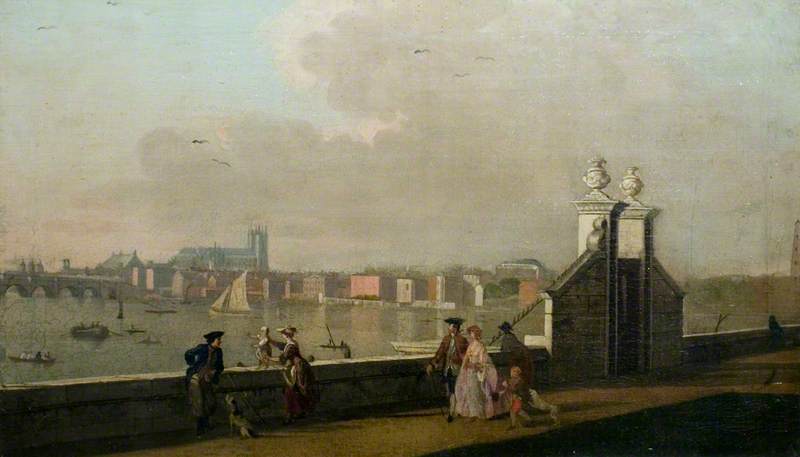(bapt. Nottingham, 12 Jan. 1731; d London, 7/8 Nov. 1809). English painter (mainly in watercolour), draughtsman, and printmaker. Like his elder brother Thomas (bapt. Nottingham, 8 Dec. 1723; d Windsor, 25 June 1798) before him, he began his career as a military draughtsman. Both brothers saw service in Scotland, Thomas during the 1745–6 Jacobite rebellion, and Paul after it, when he worked on a survey of the Highlands as part of the government campaign to subdue the area. By 1752 Paul had returned to London, where he lived for a time with his brother. He also spent time with him at Windsor, where Thomas was a member of the household of the Duke of Cumberland, Ranger of Windsor Great Park (the brothers produced many views of Windsor and its environs, and the Royal Library at Windsor Castle has an outstanding Sandby collection).
Read more
Thomas also worked as an architect and landscape gardener, his most important project at Windsor being the creation of Virginia Water, at the time the largest artificial lake in the country (he earned the unfortunate nickname ‘Tommy Sandbank’ after a dam of sand and clay burst in a storm, but it is by no means certain he had constructed it). The brothers have much in common as watercolourists, but Paul was the better artist and also more versatile, his output including lively figure compositions as well as an extensive range of landscape subjects. In his later work he often used body colour (he also sometimes painted in oils) and he was the first professional artist in England to publish aquatints (1775). Gainsborough singled him out as the only contemporary English landscape artist who painted ‘real views from nature’ instead of artificial Picturesque compositions and he helped to win prestige for the medium of watercolour. Both brothers were founder members of the Royal Academy in 1768 and Thomas was its first professor of architecture.
Text source: The Oxford Dictionary of Art and Artists (Oxford University Press)
























